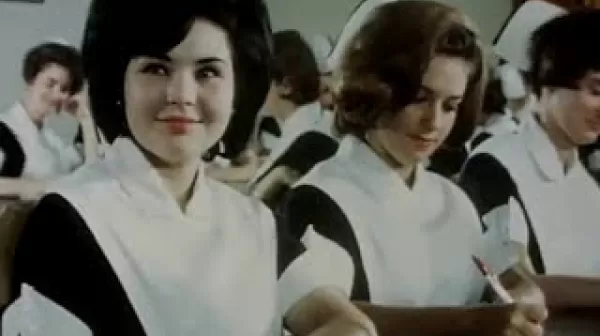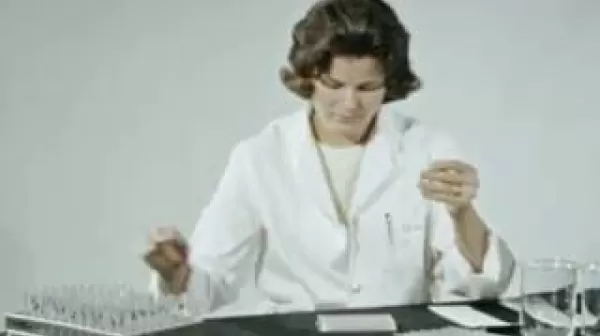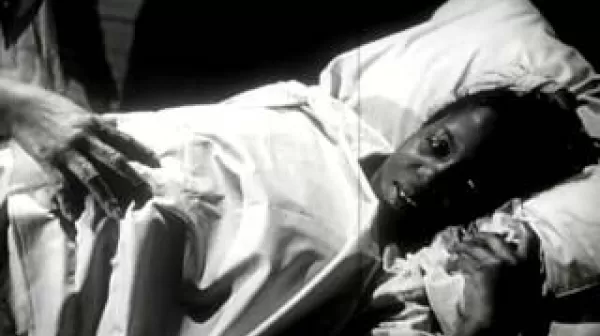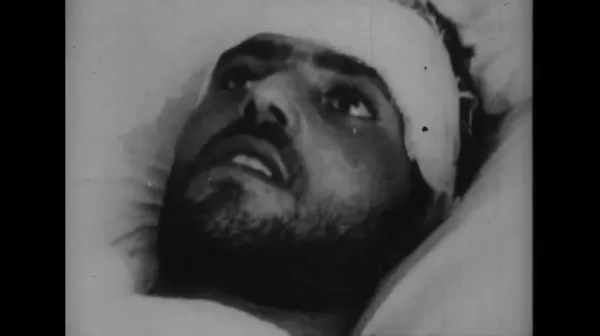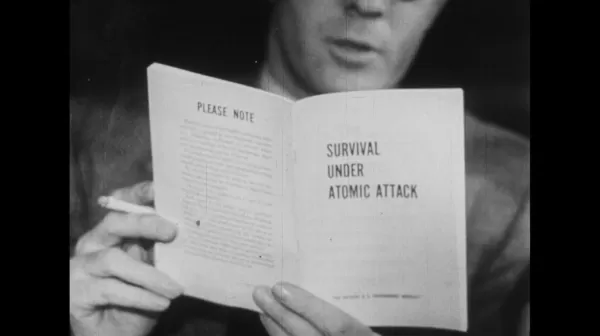The Price of Survival (USPHS, 1957)
This film covers emergency plans necessary to cope with disaster situations. These animated public service announcements feature "four dangerous characters"-- ill-intentioned green figures representing four infectious diseases: diptheria, polio, lockjaw, and whooping cough. They search for susceptible individuals to infect, but are thwarted by the protection afforded their intended victims by immunization. Emmy Immunity is a pigtailed little girl who, at the end of each segment, emphasizes the importance of vaccinations.

